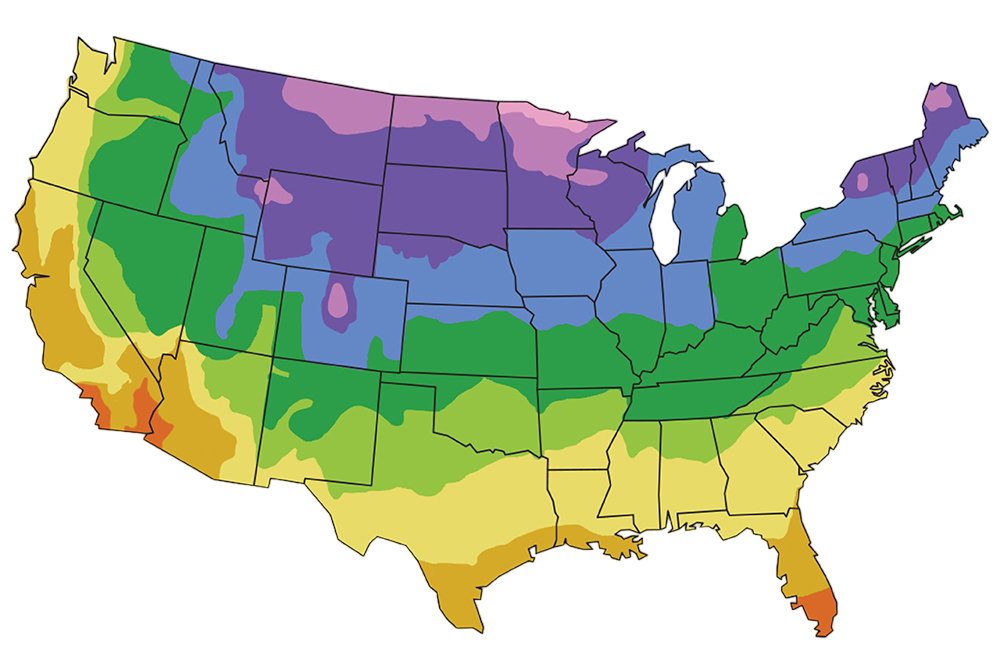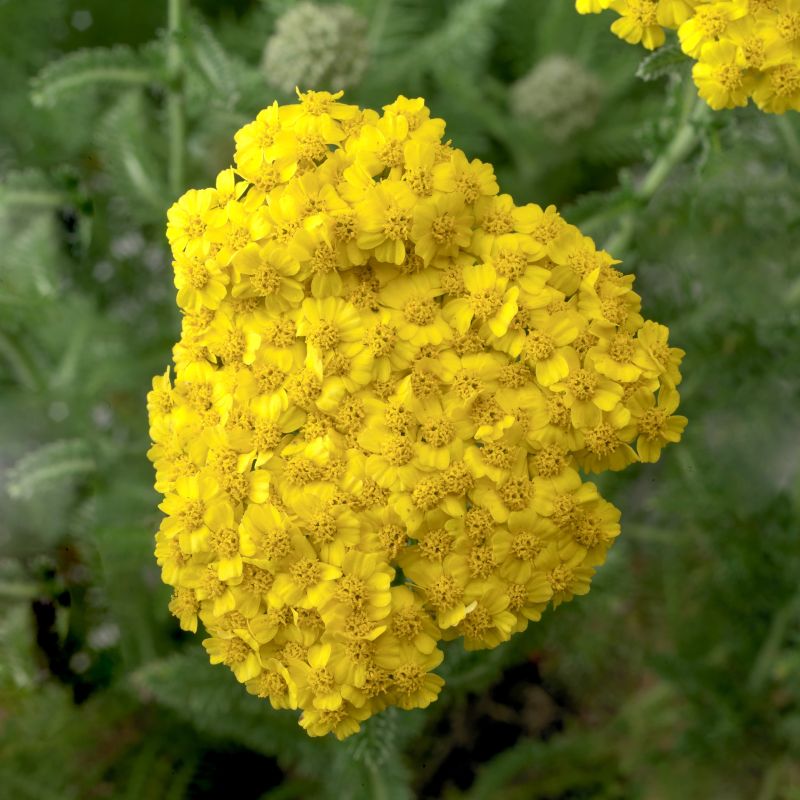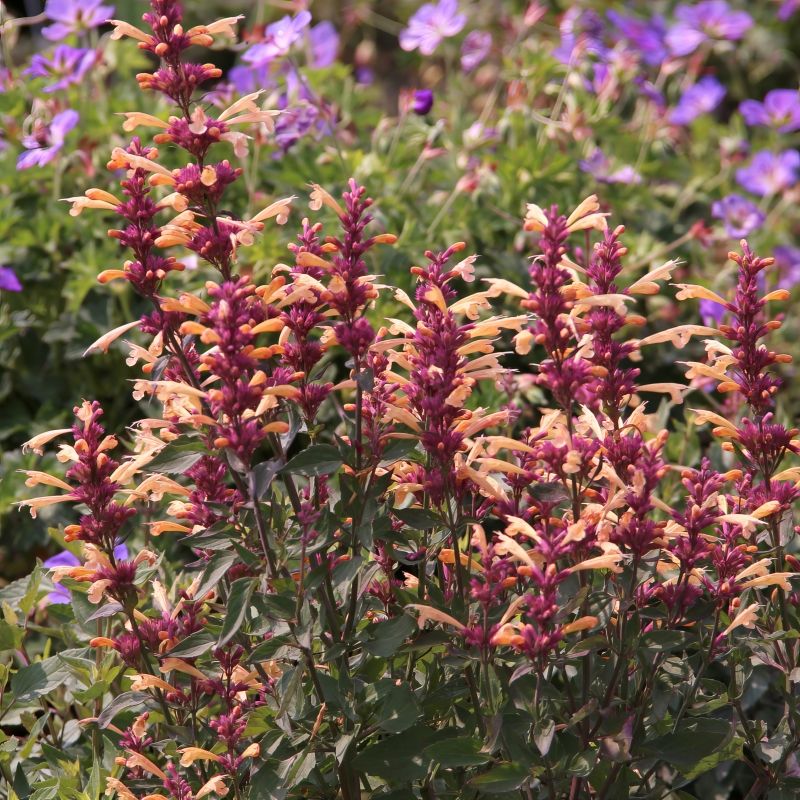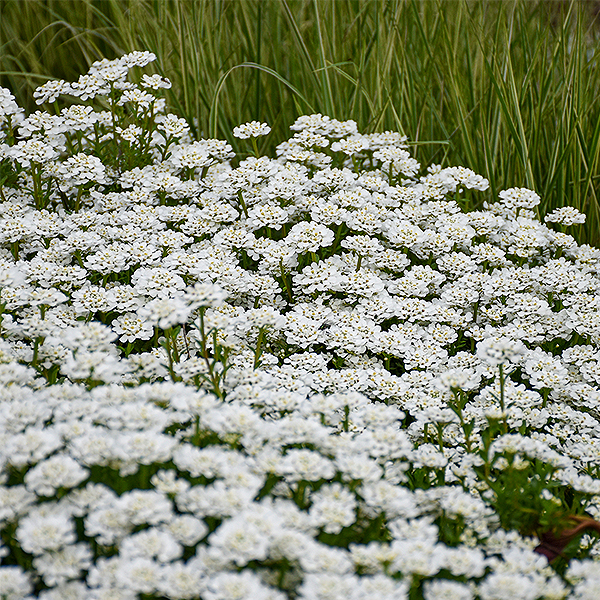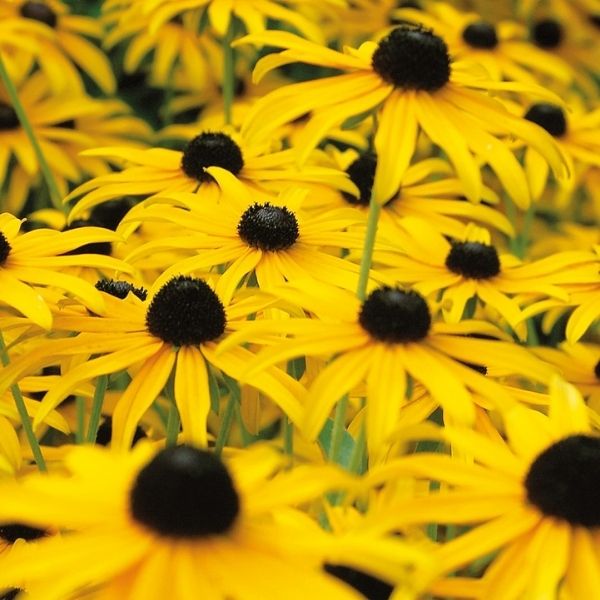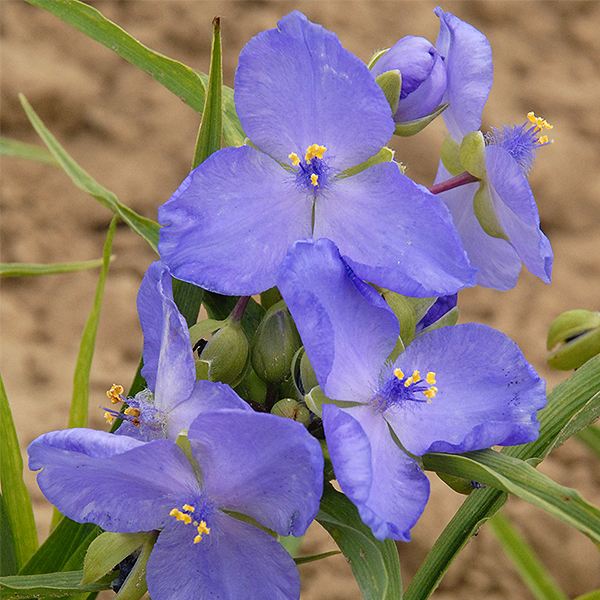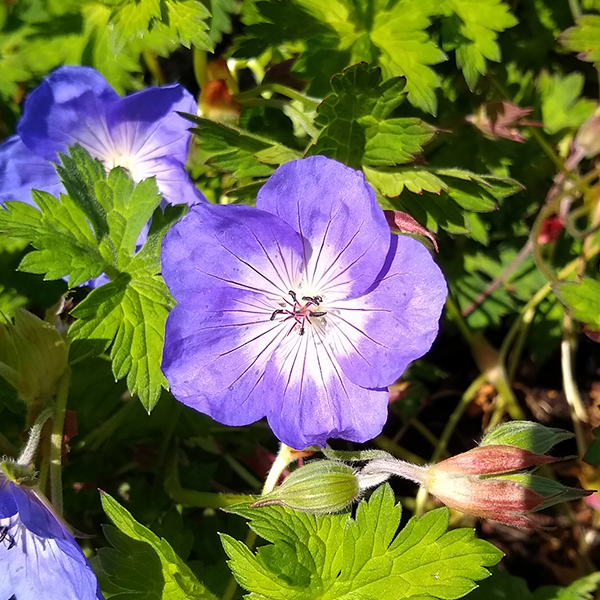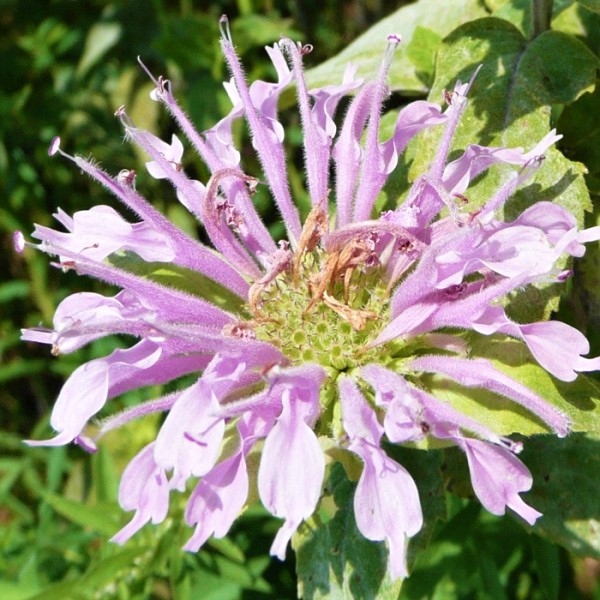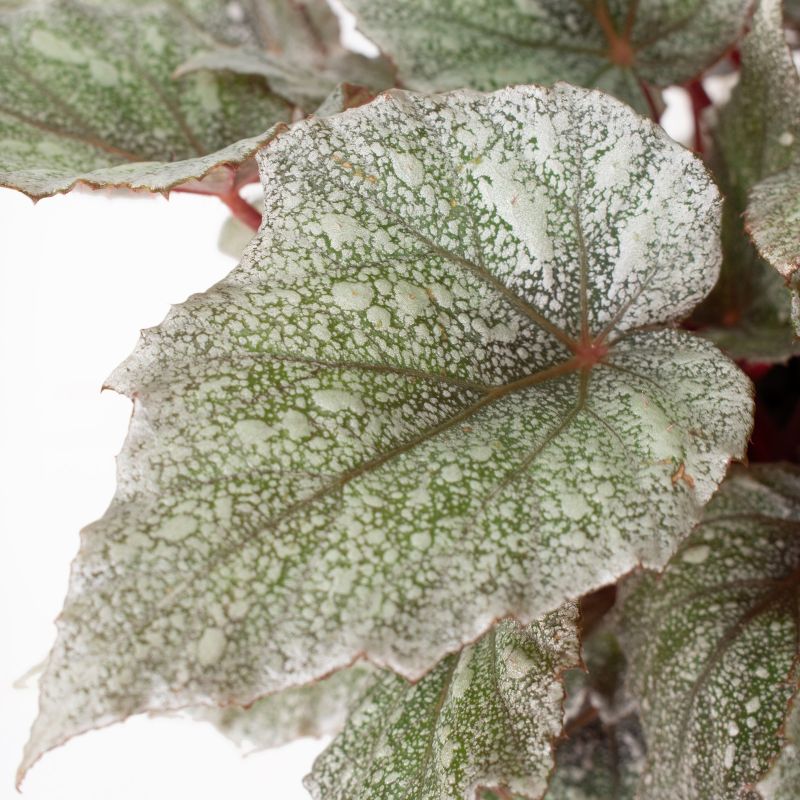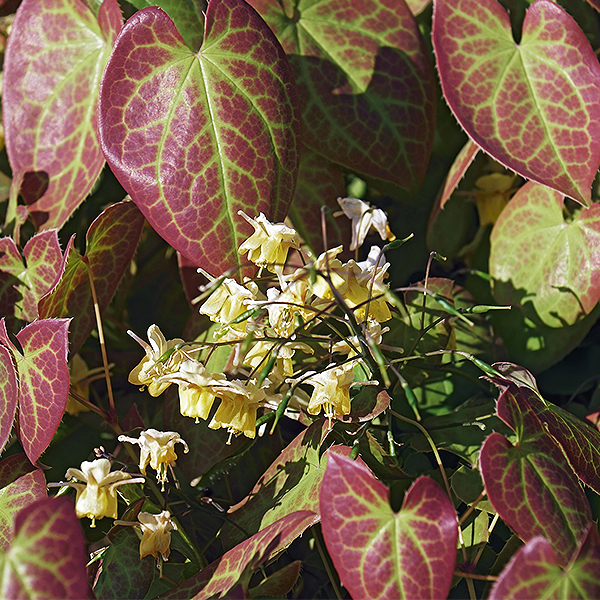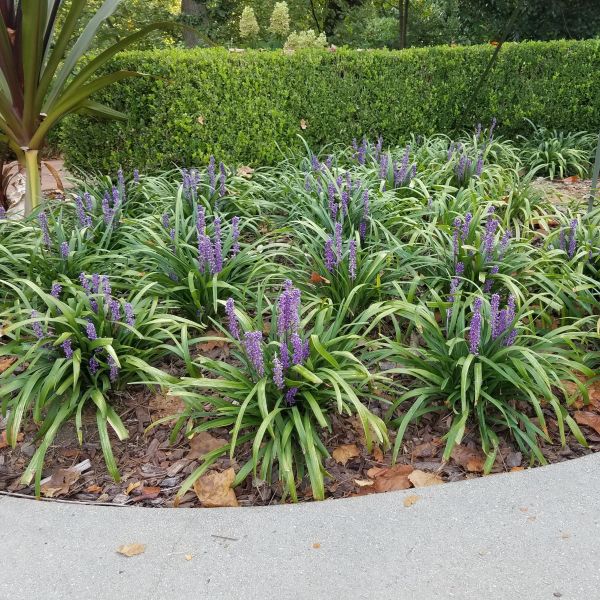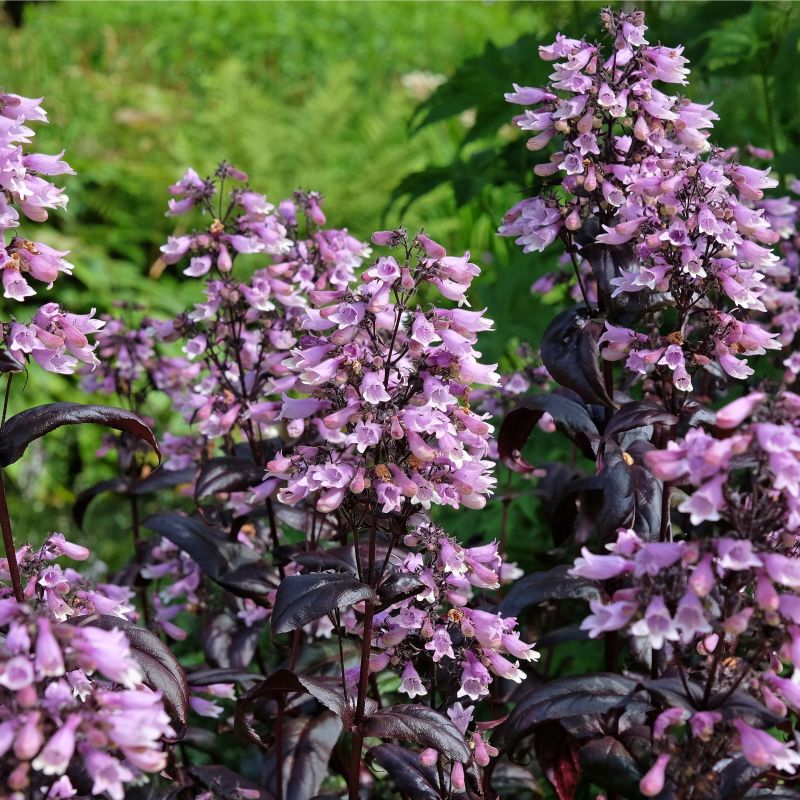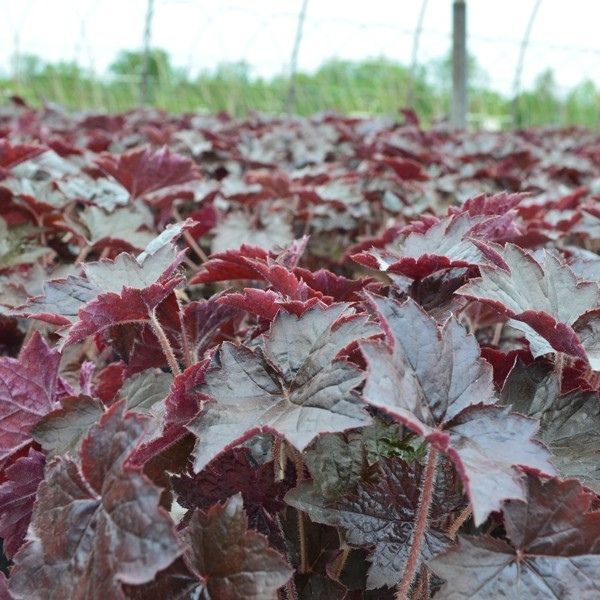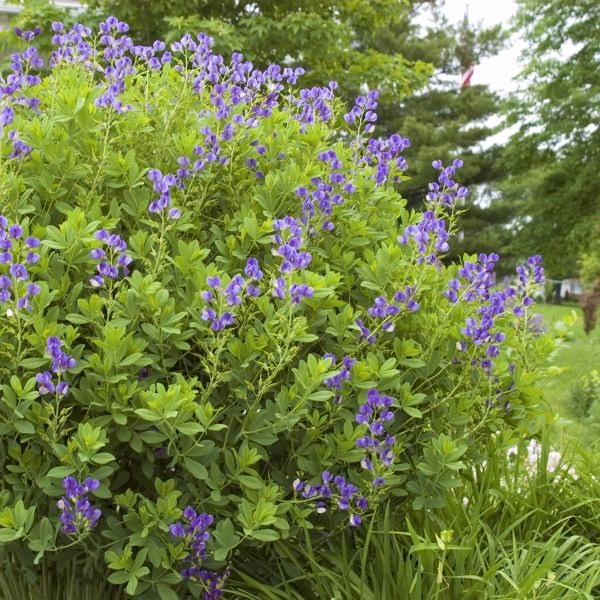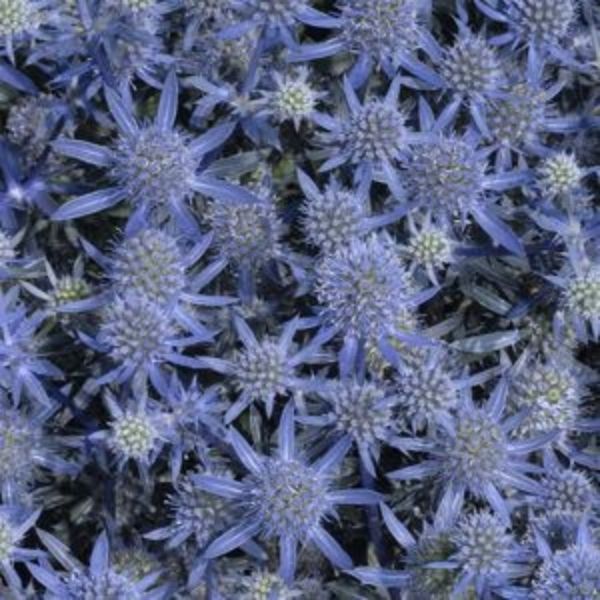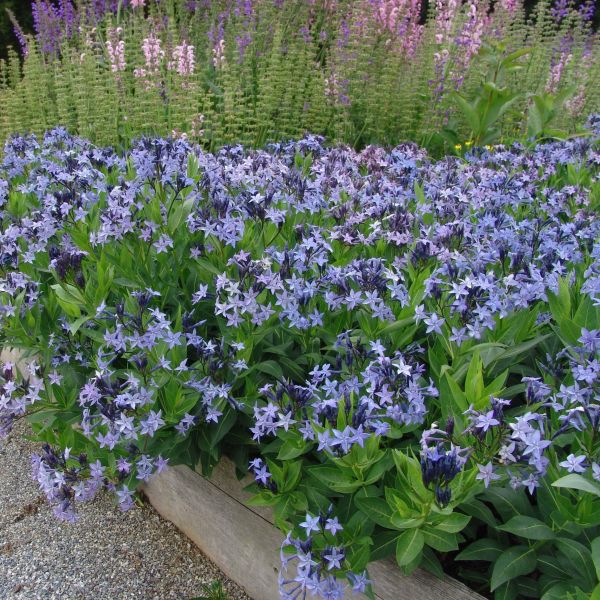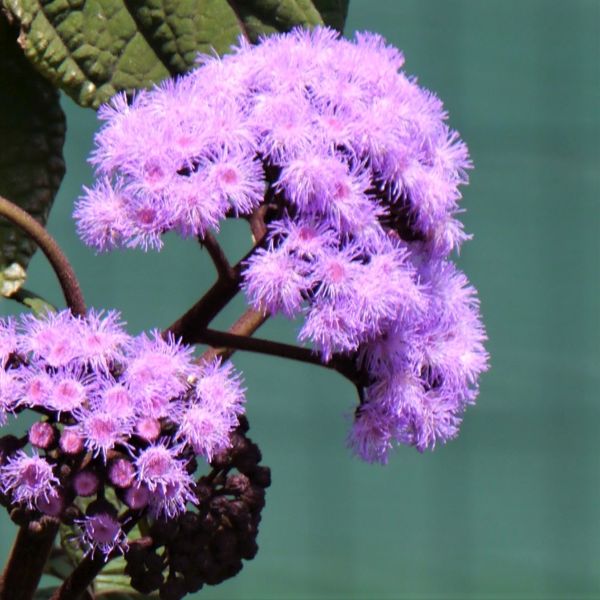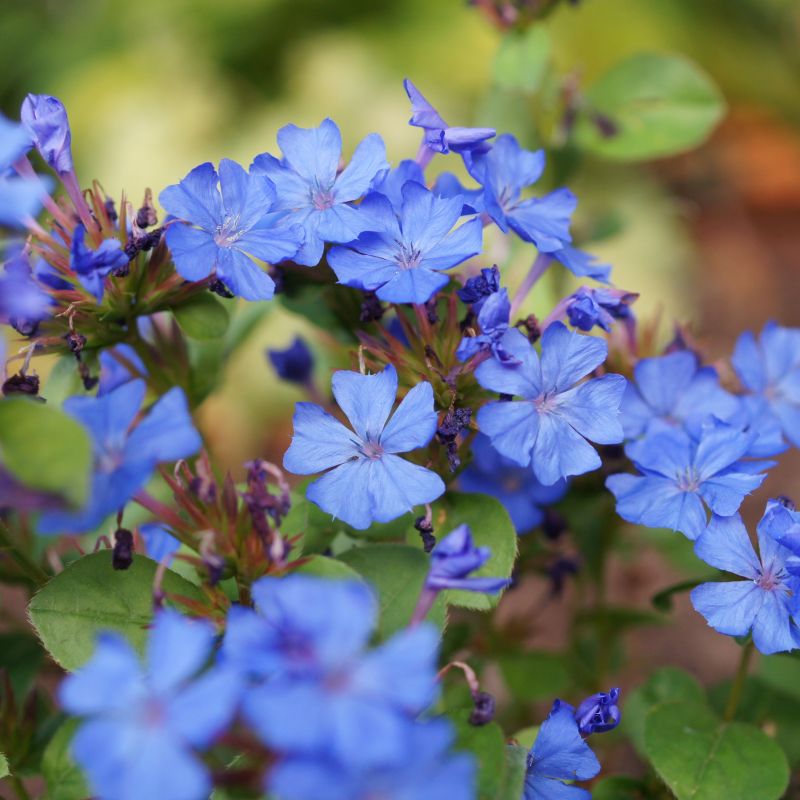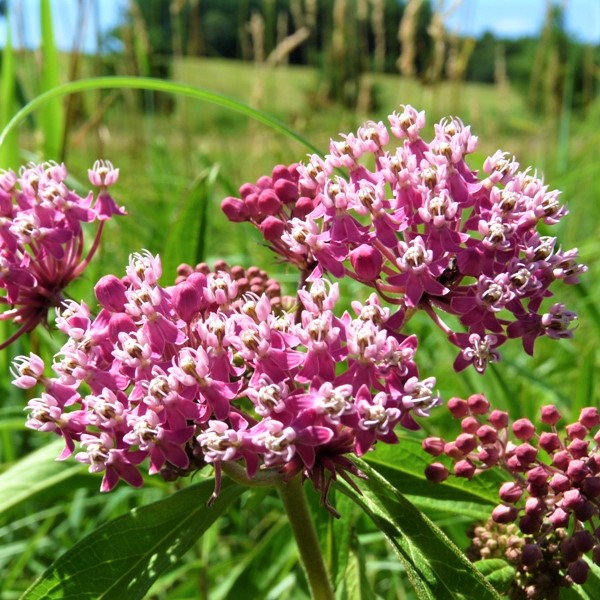
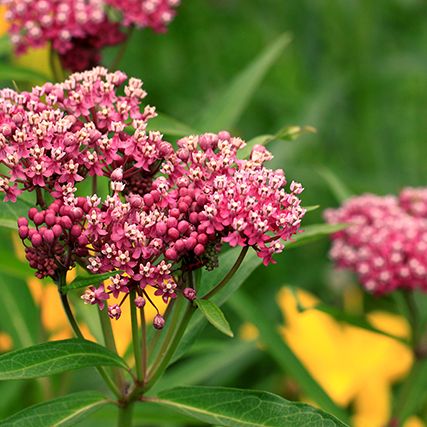
Swamp Milkweed
Asclepias incarnata
53 reviews
Swamp Milkweed
Asclepias incarnata
53 reviews
- Attracts pollinators such as butterflies and bees
- Tolerant of wet soil conditions
- Provides beautiful pink flowers in the summer
- Recommended by landscape designers for optimal fit in real yards
$103.00
$148.00
30% Off
- Ships to in 3 to 7 days
- Free Shipping Over $150
- Plant Arrival Guarantee
- In Stock
- Free Plant Consult
$200 - Landscape-Approved: Every Plant We Sell Comes With Design Expertise Behind It
- 1 Gallon
- 1.5 Gallon
Not just beautiful - intentionally selected by ShrubHub's 3D landscape design team to fit real-world spaces and maximize yard potential.
Why Swamp Milkweed?
Swamp Milkweed, also known as Asclepias incarnata, is a beautiful native plant that thrives in wet soil conditions. This plant is an important food source for monarch butterflies and other pollinators. It produces clusters of pink flowers that stand out in wetland areas. Swamp Milkweed also helps to prevent erosion and improve water quality in its habitat.
People who loved this plant also bought
Sunlight
Swamp Milkweed requires full to partial sunlight, receiving at least 6 hours of direct sunlight each day. It can tolerate some shade but will not flower as abundantly in shady conditions. Adequate sunlight is essential for healthy growth and blooming of Sw
Watering
Swamp Milkweed (Asclepias incarnata) requires consistently moist soil, making it well-suited to boggy or wetland areas. It thrives in full sun or partial shade and should be watered regularly to keep the soil evenly moist, but not waterlogged, especially d
Fertilizing
Swamp Milkweed thrives in nutrient-rich soil and benefits from a balanced fertilizer with a higher phosphorus content for improved blooming. A slow-release fertilizer applied in the spring can help support healthy growth and blooming throughout the growing
Swamp Milkweed (Asclepias incarnata)
Swamp Milkweed, also known as Asclepias incarnata, is a native perennial plant that can be found in wet meadows, marshes, and along stream banks throughout North America. It is a member of the milkweed family, which is a vital plant for supporting monarch butterflies and other pollinators.
Features:
- Produces clusters of small, fragrant, pink flowers that bloom from early to mid-summer
- Attracts butterflies, bees, and other pollinators
- Tolerant of wet soil conditions, making it an excellent choice for rain gardens and water features
- Grows up to 3-4 feet tall, with a spread of 2-3 feet
- Easy to grow and low maintenance
Care Instructions:
Plant Swamp Milkweed in full sun to partial shade and in moist to wet soil for optimal growth. Water regularly, especially during dry periods. Deadhead spent flowers to encourage continuous blooming and prevent self-seeding. Cut back in the fall to promote healthy growth in the following season.
Uses:
Swamp Milkweed is a great addition to pollinator gardens, butterfly gardens, naturalized areas, and wetland restoration projects. Its vibrant flowers and ability to attract a variety of beneficial insects make it a beautiful and eco-friendly choice for any landscape.
Plant Information:
| Botanical Name: | Asclepias incarnata |
| USDA Zones: | 3 - 6 |
| Water: | Moderate to High (not standing water) |
| Exposure: | Full Sun |
| Soil Needs: | Tolerates All Well-Drained |
| Mature Height: | 4 - 5 Feet |
| Mature Spread: | 2 - 3 Feet |
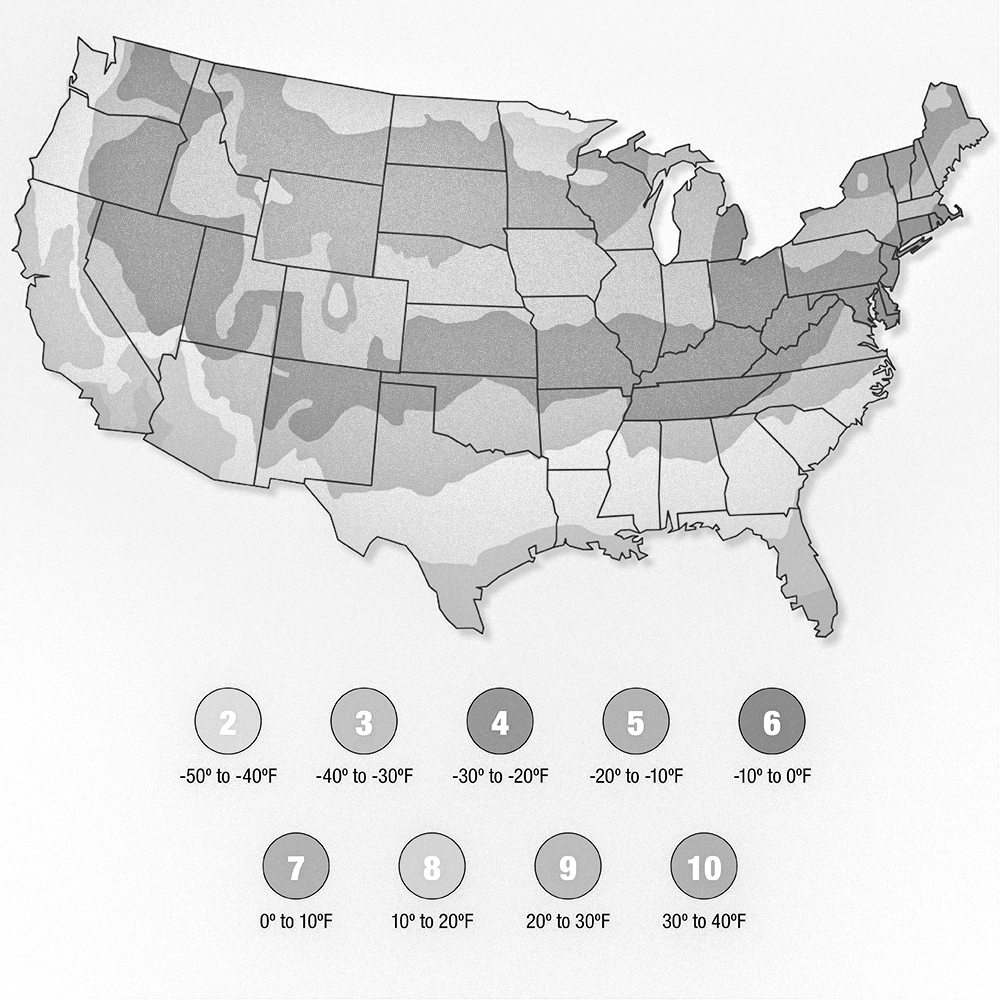


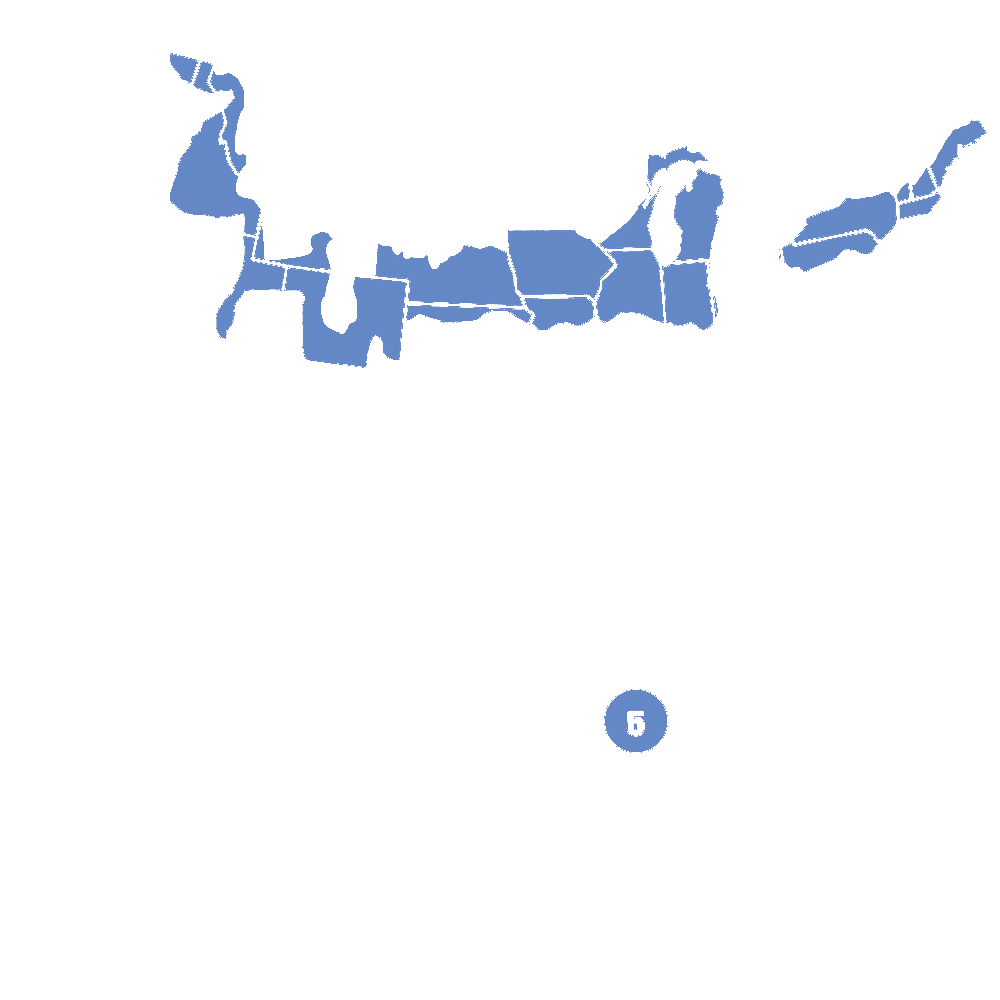
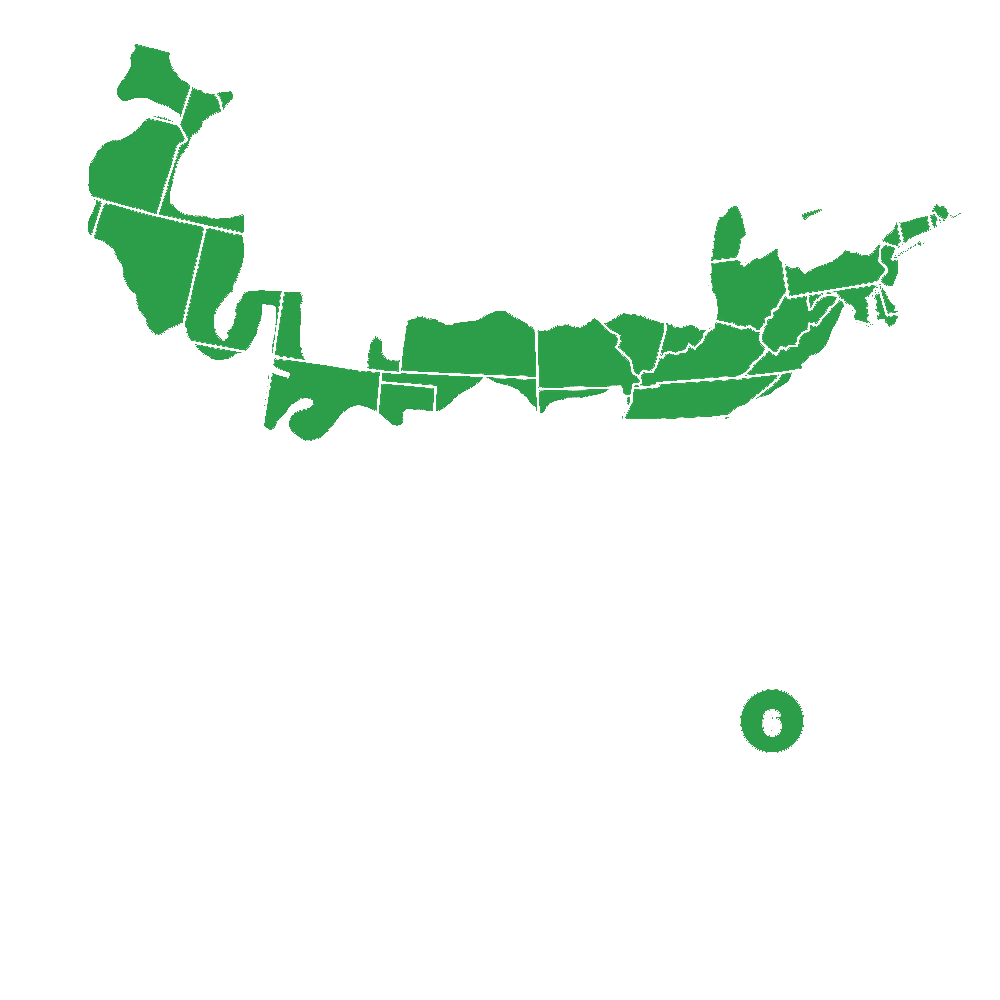
Pollination Info
Swamp Milkweed (Asclepias incarnata) Pollination Info
Swamp Milkweed, also known as Asclepias incarnata, is a native perennial plant that attracts a variety of pollinators due to its nectar-rich flowers. Here is some detailed information about the pollination of Swamp Milkweed:
- Pollinators: Swamp Milkweed is primarily pollinated by bees, butterflies, and other insects. The bright pink flowers of Swamp Milkweed produce abundant nectar, which attracts pollinators seeking food.
- Specialized Pollination: Swamp Milkweed has specialized structures called pollinia, which are unique to the Asclepias genus. These pollinia are sticky sacs of pollen that attach to visiting pollinators, ensuring effective pollination as they move from flower to flower.
- Monarch Butterflies: Swamp Milkweed is a favorite nectar source for Monarch butterflies. Female Monarchs also lay their eggs on Swamp Milkweed plants, as their larvae (caterpillars) feed exclusively on the leaves of milkweed species.
- Self-Pollination: While Swamp Milkweed primarily relies on pollinators for reproduction, some self-pollination can also occur. However, cross-pollination through insect visitors is more efficient and helps maintain genetic diversity within populations.
- Beneficial Insects: In addition to attracting pollinators, Swamp Milkweed also supports a variety of beneficial insects in the garden. Ladybugs, lacewings, and predatory wasps are among the insects that are attracted to the nectar and shelter provided by Swamp Milkweed plants.
FAQ
Swamp Milkweed (Asclepias incarnata) FAQ
What is Swamp Milkweed?
Swamp Milkweed, scientifically known as Asclepias incarnata, is a herbaceous perennial plant native to North America. It is commonly found in wetlands, meadows, and along stream banks.
How does Swamp Milkweed grow?
Swamp Milkweed grows upright and can reach heights of 2 to 4 feet. It has narrow, lance-shaped leaves and produces clusters of pink or mauve flowers during the summer months.
How do I plant Swamp Milkweed?
Swamp Milkweed is best planted in moist, well-drained soil in full sun to partial shade. Seeds can be sown directly in the ground in the spring or fall, or plants can be transplanted from containers.
How do I care for Swamp Milkweed?
Swamp Milkweed requires regular watering, especially during dry periods. It is relatively low-maintenance and does not require fertilization. Deadheading spent flowers can encourage more blooms.
Is Swamp Milkweed attractive to pollinators?
Yes, Swamp Milkweed is a favorite of bees and butterflies, particularly monarch butterflies. It serves as a host plant for monarch caterpillars and provides nectar for adult butterflies.
Can Swamp Milkweed be invasive?
Swamp Milkweed is not considered invasive but can spread by seed if not deadheaded. It is a good idea to monitor its growth and remove any unwanted seedlings to prevent it from spreading too far.
Is Swamp Milkweed toxic to pets?
Swamp Milkweed is not typically toxic to pets, but it is best to keep pets away from the plant to prevent any potential digestive issues.
Planting & Care
Planting Swamp Milkweed (Asclepias incarnata)
Swamp milkweed is a great addition to any garden, especially if you want to attract butterflies and pollinators. Here are some tips for planting swamp milkweed:
- Choose a sunny spot with well-drained soil.
- Plant in the spring after the threat of frost has passed.
- Dig a hole twice as wide and deep as the plant's root ball.
- Place the plant in the hole and backfill with soil, pressing down gently to remove air pockets.
- Water the plant thoroughly after planting.
Caring for Swamp Milkweed
Once your swamp milkweed is planted, it's important to properly care for it to ensure its health and growth. Here are some tips for caring for swamp milkweed:
- Water regularly, especially during dry periods. Swamp milkweed prefers moist soil.
- Apply a layer of mulch around the base of the plant to help retain moisture and control weeds.
- Deadhead spent flowers to encourage new growth and blooming.
- Fertilize sparingly, as swamp milkweed does not require high levels of nutrients.
- Protect your plant from pests, such as aphids, by inspecting the plant regularly and removing any pests by hand or with a gentle spray of water.
- Divide mature plants every few years to promote new growth and prevent overcrowding.
Check Out These Verified Customer Reviews:
Customer Reviews
4.8 out of 5 based on 53 reviews
Thank you! Your review has been submitted.
Thriving in my garden!
The Swamp Milkweed plants I received were healthy and well-packaged. They are thriving in my garden and attracting butterflies. Great quality and fast shipping!
Overall, a fantastic experience from start to finish. Highly recommend this plant!
Item has been added to your cart.

